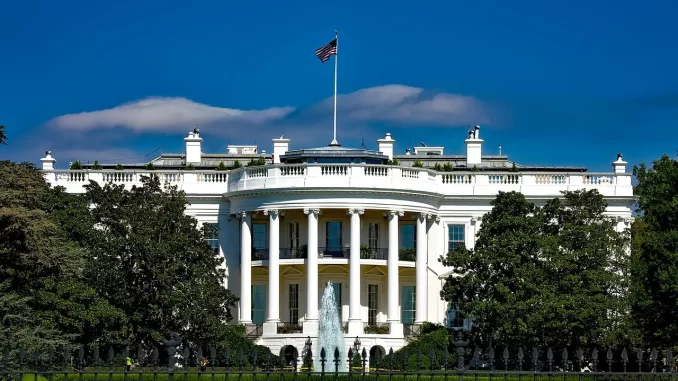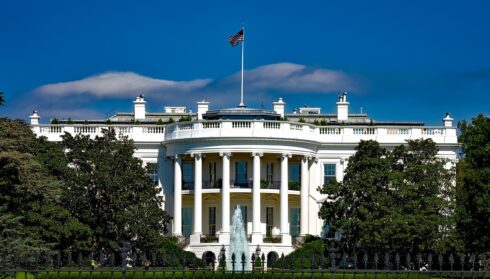


In a follow-up to President Biden’s Executive Order on AI last year, the U.S Secretary of Commerce Gina Raimondo has announced the formation of the U.S. AI Safety Institute Consortium (AISIC).
AISIC will bring together over 200 AI creators and users, academics, government and industry researchers, and civil society organizations, according to the National Institute of Standards and Technology (NIST).
According to NIST, AISIC is a part of the U.S. AI Safety Institute and its focus will be working on the actions outlined in the President’s Executive Order.
RELATED CONTENT: Biden Administration’s Executive Order on AI
“The U.S. government has a significant role to play in setting the standards and developing the tools we need to mitigate the risks and harness the immense potential of artificial intelligence. President Biden directed us to pull every lever to accomplish two key goals: set safety standards and protect our innovation ecosystem. That’s precisely what the U.S. AI Safety Institute Consortium is set up to help us do,” said Raimondo.
NIST has outlined six main areas that the consortium will focus on. These include establishing a space for sharing AI knowledge, engaging in interdisciplinary research, prioritizing research and evaluation requirements that will allow for a better understanding of AI’s impacts on society, identifying approaches for collaborative development of technology, inventing mechanisms for streamlining agency input, and enabling assessment and evaluation of AI systems.
AISIC includes over 200 founding members, including Amazon, Apple, GitHub, Google, IBM, Intel, Meta, Microsoft, OpenAI, Salesforce, and more.
A number of universities are also involved, including Carnegie Mellon, Cornell, Duke, NYU, Princeton, and Purdue, to name a few. Several open-source foundations are members of the consortium as well, such as Free Software Foundation, Linux Foundation, and Responsible AI Institute.
“AI is moving the world into very new territory,” said Laurie E. Locascio, Under Secretary of Commerce for Standard and Technology and Director of NIST. “And like every new technology, or every new application of technology, we need to know how to measure its capabilities, its limitations, its impacts. That is why NIST brings together these incredible collaborations of representatives from industry, academia, civil society and the government, all coming together to tackle challenges that are of national importance.”

